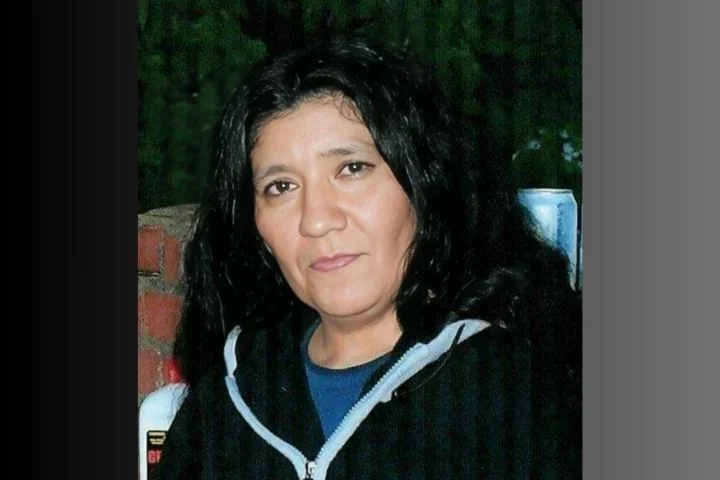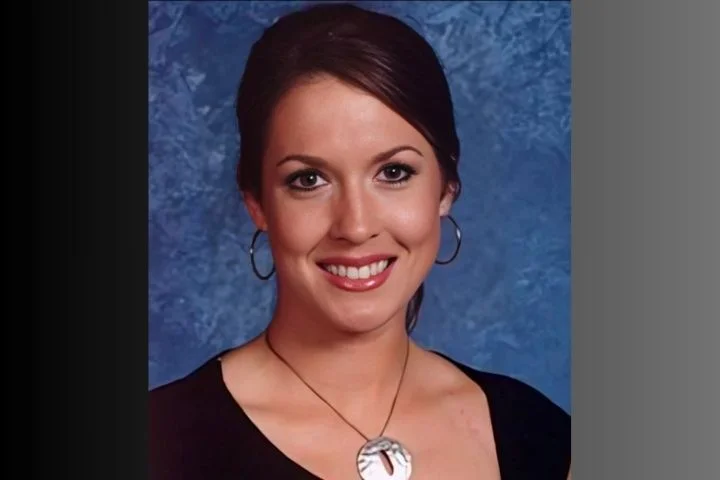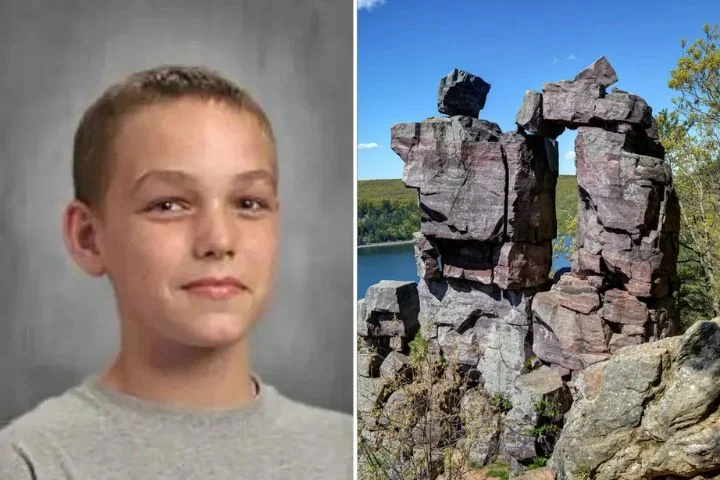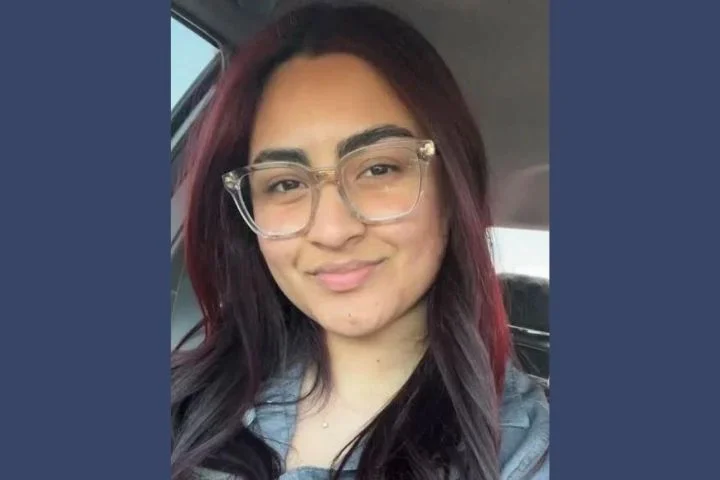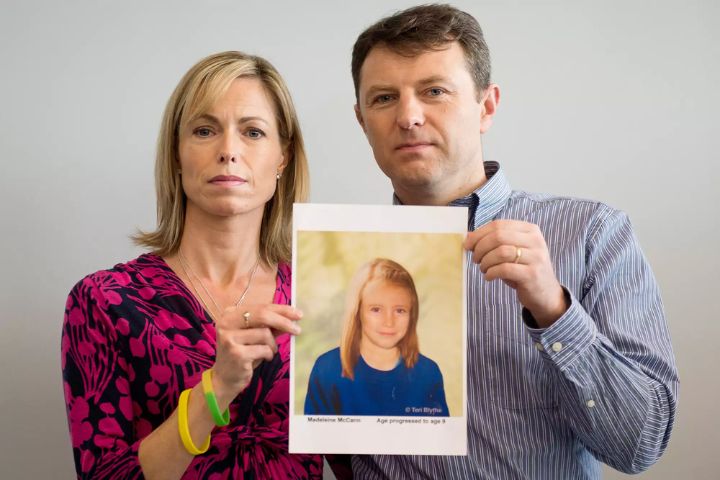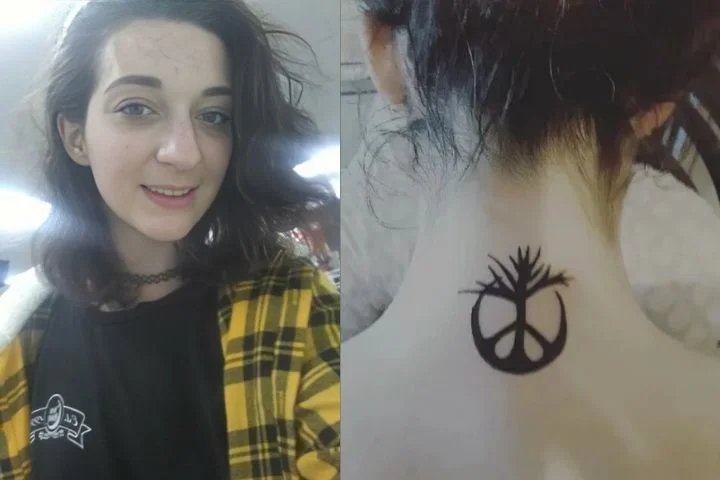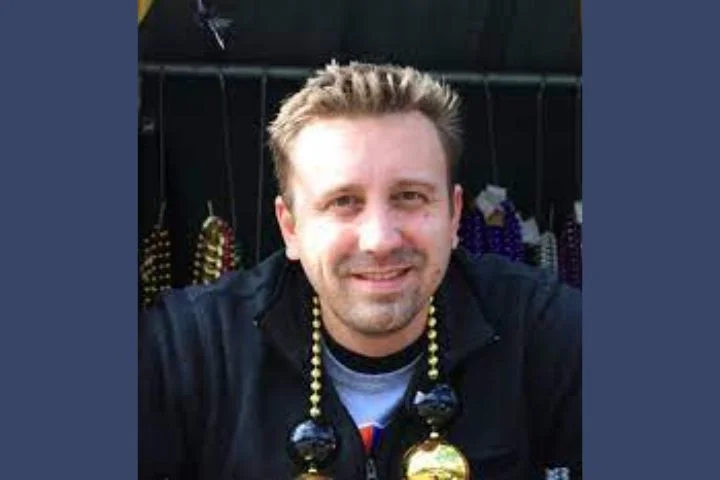Beverly Ozuna-Ulrich visited the home of her ex-husband on the evening of Friday, October 17, 2003. Although the couple had divorced more than a year earlier, they remained friends and it was common for Beverly to stop by his Belle Fourche, South Dakota home to spend time with him and her children. After a couple of hours, Beverly left the residence in a silver car driven by an unknown person. The 42-year-old was never seen again.
It wasn’t unusual for Beverly to take short trips away from home, but she usually let someone know where she was going to be. After 10 days had passed with no word from her, family members grew worried; they reported her missing on October 27, 2003.
Beverly’s sister, Rose Grusing, made missing person posters and distributed them throughout Belle Fourche, but was frustrated by the fact that some of the posters kept getting taken down. Rumors that Beverly had been found circulated through the small town, and Rose had to constantly remind people that her sister was still missing.
The Belle Fourche Police Department conducted several searches for the missing woman, concentrating on the banks of the Belle Fourche River and some open fields located to the northwest of the small town. They found no clues to Beverly’s whereabouts.
A month into the search for Beverly, investigators with the Belle Fourche Police Department had no leads to follow up on and admitted they had no idea what had happened to Beverly. According to Butte County Sheriff Fred Lamphere, Beverly was last seen in the neighboring town of Spearfish before a friend brought her back to Belle Fourche, but her trail ended after that.
Beverly, a Native American who was a member of the Lakota tribe, hadn’t had an easy life. She was the youngest sister in a family of 16 children and was spoiled when she was a small child, but everything changed after her parents got divorced. Her mother turned to alcohol to deal with the stress, and the children eventually ended up in foster homes.
In 1972, when Beverly was 11, she and two of her brothers were sent to live with foster parents in Rapid City, South Dakota. That summer, the Black Hills Flood of 1972 destroyed Beverly’s foster home; it also took the lives of her foster father, her two brothers, and three other children living in the home. It was an experience that would traumatize Beverly for the rest of her life.
There were some bright spots in her life. In 1974, Beverly was in sixth grade at Lincoln Elementary School in Rapid City. When her school held an essay contest on patriotism, Beverly’s essay about what the American flag stood for won first prize. Her winning essay, along with her photograph, was published in a local paper.
Beverly had come from a large family and she would eventually start a large family of her own. At the time of her disappearance, she had a total of eight children and several grandchildren. She also remained close with her siblings, and they were certain that she never would have willingly walked away from her life.
In November 2003, the Belle Fourche Police Department turned Beverly’s case over to the South Dakota Division of Criminal Investigation. Rose told a reporter that she was frustrated by the lack of information provided by the DCI; she feared they weren’t doing much to find her missing sister. “I’d like to think positive, but it sure gets scary after a while. My sister wouldn’t just take off.”
While Rose had kept busy distributing missing person flyers and doing everything she could to make people aware of Beverly’s disappearance, as weeks went by without any potential sightings of her sister she worried that she was no longer alive. “Beverly, we’re worried about you. If you just contact a family member and tell us you’re all right, you won’t be in any trouble. We just want to know you’re okay.”
Beverly should have been celebrating her 43rd birthday on January 21, 2004. To mark the occasion, friends and family members held a prayer vigil at St. Paul’s Catholic Church in Belle Fourche. A flyer advertising the event stated, “Join us to pray and keep hope alive that we will soon find Beverly. We won’t give up until she’s home with us where she belongs.”
Weeks turned into months, and still there was no word from Beverly. Her disappearance failed to garner much publicity, even in local newspapers, and her family fought to make sure she wasn’t forgotten. Rose continued to organize regular candlelight vigils to pray for her sister’s safe return, but as time went by it got harder to remain optimistic.
In the spring of 2004, a news conference was held to announce that a local foundation was offering a cash reward for information about Beverly’s whereabouts. The reward was set to expire at the end of the year, and Belle Fourche Police Chief Larry Roberdeau, who had known Beverly for more than two decades, made a personal appeal for anyone who knew anything about her disappearance to call police. Although he didn’t specifically state that he thought foul play was involved, he told reporters that mental illness was not a factor in Beverly’s disappearance and he didn’t believe she would have voluntarily abandoned her family.
As the second anniversary of Beverly’s disappearance approached, Rose admitted that things didn’t look good. “The whole family thinks there is foul play involved.” She lamented the fact that the DCI never provided her or her family with any updates about the progress of the case, and it was unclear if they were still actively searching for Beverly or not. “I know in my heart she’s not alive. If we find her body, at least we would have closure.”
Rose was certain that there were people in Belle Fourche who knew where Beverly could be found, and she pleaded with them to come forward. “There’s somebody in this town who knows what happened to my sister. I don’t care if it takes me the rest of my life, I will find out.”
There was no movement on the case until November 2008, when the Belle Fourche Police Department conducted several additional searches for Beverly along the western edge of town. Police Chief Tom Maunders told reporters they were following up on some tips they had received that led them to believe that Beverly’s body might be found at that location. Bloodhounds from Dakota Territory Search Dogs were used to assist in the search of the 20-acre plot of land, but Chief Maunders was tight-lipped about any potential finds. “We found things of interest and we will do more.”
Sadly, the search yielded no answers about Beverly’s fate, and the case went cold once more. In October 2009, friends and family gathered at St. Paul’s Catholic Church to mark the sixth anniversary of Beverly’s disappearance. Rose told reporters that she refused to give up the search for her missing sister. “I’m not going to give up on this. It’s like losing hope if you give up.”
Rose had taken on the responsibility of raising Beverly’s youngest child, and she admitted that the disappearance had been hard on all of her sister’s kids. “It’s a really difficult time…I think all of the kids take it pretty hard. There’s really not much you can say to make somebody feel better.”
Assistant Attorney General Rod Oswald told reporters that the case was still being actively investigated. He noted that detectives had a couple of persons of interest, but that no arrests were imminent. “I think we’ll have answers at some point.”
In October 2013, Beverly’s loved ones held a prayer service at the United Church of Christ in Belle Fourche to mark the tenth anniversary of her disappearance. Rose was still desperately fighting for justice for Beverly. “I don’t want anybody around here to forget that she hasn’t been found.” She was still convinced that there were people in the area who knew exactly what had happened to Beverly. “I just feel like somebody around here knows something. They’re just not coming forward.”
Butte County Sheriff Fred Lamphere told reporters that the case was still being actively investigated but that they had no new leads to report. “We’re still working on it. Any time we do get information, we investigate it from top to bottom.” He admitted that he didn’t believe Beverly was still alive. “We’re quite confident she’s deceased. But on the same note, we don’t have any proof of that, either.”
Sheriff Lamphere indicated that there was at least one person of interest in the case, but he was a transient and investigators weren’t sure of his present location. He had been interviewed in the past but had been uncooperative, leading detectives to believe he knew more than he was telling them.
Rose refused to give up. “I have to know whoever hurt her goes to prison for it, or I haven’t done what I should have done for my little sister.” She was certain her sister wouldn’t have gone down without a fight. “I think she would fight back with everything in her. I don’t think she would go down easy.” Rose was determined to fight just as hard to make sure those responsible for her sister’s dea*th were brought to justice.
Rose continued to hold yearly vigils and prayer services to mark the anniversary of Beverly’s disappearance, but there was little progress to report on the case. In 2017, Sheriff Lamphere told reporters, “We have a couple of people in mind that we feel are responsible for her disappearance…they were overlooked in the beginning but were close to the case, so we’re focusing on that.”
Rose admitted that she still wanted to believe that her sister was alive somewhere, but in her heart, she believed she had been m*urdered. “I’m not going to give up. Somebody knows something and you can’t tell me any different. I just wish whoever did it would just come forward and let us bury her the way she deserves to be buried.”
Beverly Ann Ozuna-Ulrich was 42 years old when she went missing from Belle Fourche, South Dakota in October 2003. She is one of a large number of missing Native American women in the United States, and as in so many other cases, no one has ever been charged in her disappearance and suspected mur*der. Beverly has brown eyes and graying black hair, and at the time of her disappearance, she was 5 feet 1 inch tall and weighed around 120 pounds. She was last seen wearing a gray T-shirt and flared blue jeans, and she has a tattoo reading “Steven” on her upper arm. Her right eyebrow is pierced. If you have any information about Beverly, please contact the South Dakota Division of Criminal Investigation at 605–642–6390.
